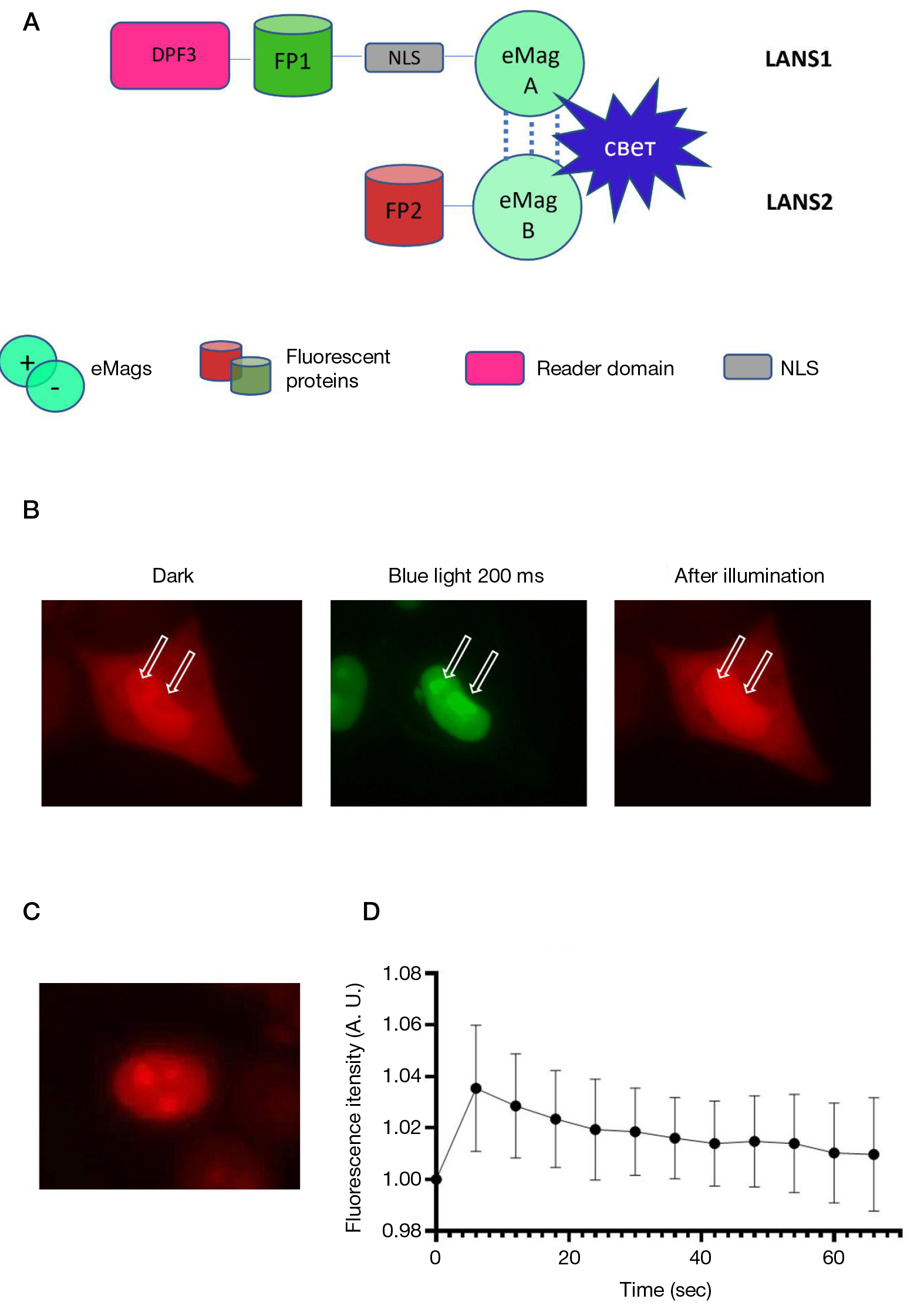
ISSN Print 2500–1094
ISSN Online 2542–1204
BIOMEDICAL JOURNAL OF PIROGOV UNIVERSITY (MOSCOW, RUSSIA)

Skolkovo institute of science and technology, Center for Molecular and Cellular Biology, Moscow, Russia
Correspondence should be addressed: Lidia V. Putlyaeva
Bolshoy Boulevard, 30, Moscow, Russia, 121205; ur.liam@avoliahkim.aidil
Funding: this work was supported by the Russian Science Foundation grant № 22-24-01109.
